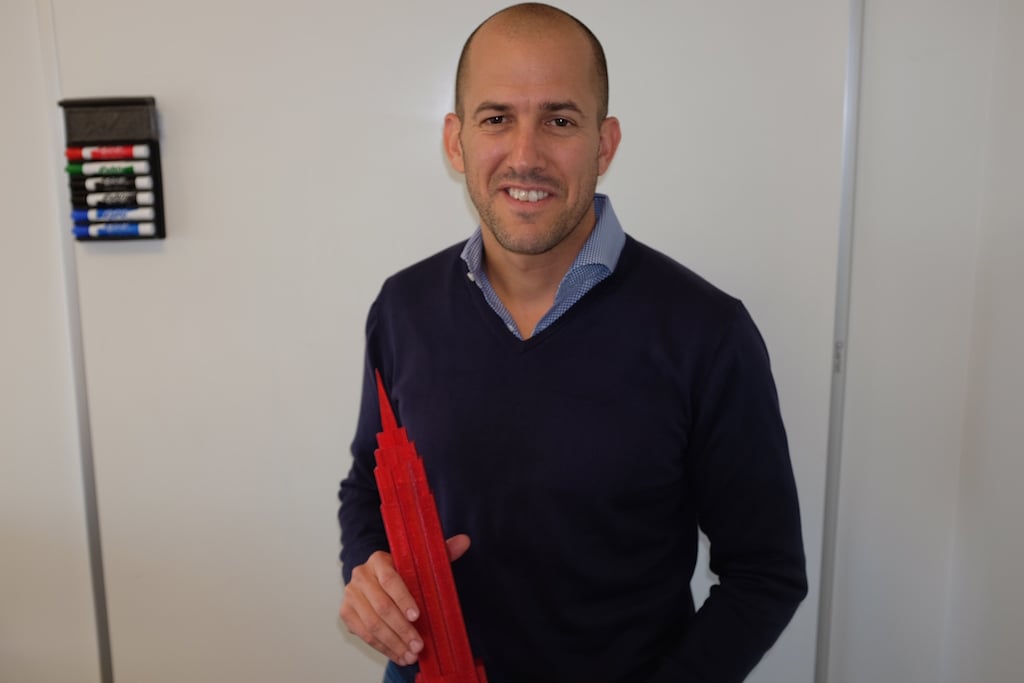A meteoric rise from nothing, corporate acquisition, management changes, layoffs and a new CEO. An interview with the new chief by Medium tells us about MakerBot’s plans.
Earlier this year MakerBot changed out their top-level management by moving in Jonathan Jaglom, previously of Stratasys. Visibly we’ve seen him lay off around 100 staff and close their three retail outlets, but what else has he been changing?
Brian Merchant of Medium managed to interview Jaglom at his Brooklyn office at length. Here’s the highlights from our point of view:
- MakerBot’s headquarters is described by Merchant as “Dour” and “only two-thirds occupied”, but that’s precisely what one might expect when layoffs have recently occurred.
- Jaglom says the market for personal 3D printers was not as large as Stratasys thought it might be at the time of acquisition.
- Jaglom has been concentrating the company’s resources on fewer ventures, hence the closing of the retail operations.
- The 3D Printed Products print service has been closed, as well as MakerBot’s 3D Design Services division. These folks have been relocated to customer service.
- The Smart Extruder, which had gained a reputation for unreliability, has been redesigned, resulting in far fewer support calls.
- Jaglom is refocusing the company’s marketing towards large groups such as professionals and education market.
- The company wishes to emphasize their digital store, meaning content will become more important for MakerBot.
We’ve seen and heard bits of this strategy, but the Medium interview ties it all together. Essentially, MakerBot is in the midst of a restructuring of their product, market and management to address issues.
While some might suggest their major issue would be the extruder problem, we believe their biggest issue is the lack of interest from the public. When they say the market wasn’t as big as they hoped, that’s a very serious matter when you are interested in seeing the technology move forward.
MakerBot’s earlier strategy was “a 3D printer in every home”, but that’s clearly not the case, as the technology is simply not ready for general consumers yet. It seems that MakerBot is shifting to a market they can address effectively, that being universities and professionals, where they can sell large quantities of equipment in fewer sales engagements.
What we’re wondering now is this: Where is 3D Systems’ consumer 3D printing strategy? They also dove deep at the opportunity, creating a whole brand (Cubify) to market their personal 3D printing equipment. Surely they must be feeling the same market pressures as MakerBot, who were even more well-known than 3D Systems in the public’s eyes.
Perhaps we’ll see a similar shift from 3D Systems, too.
Via Medium


